See you soon IBM Research
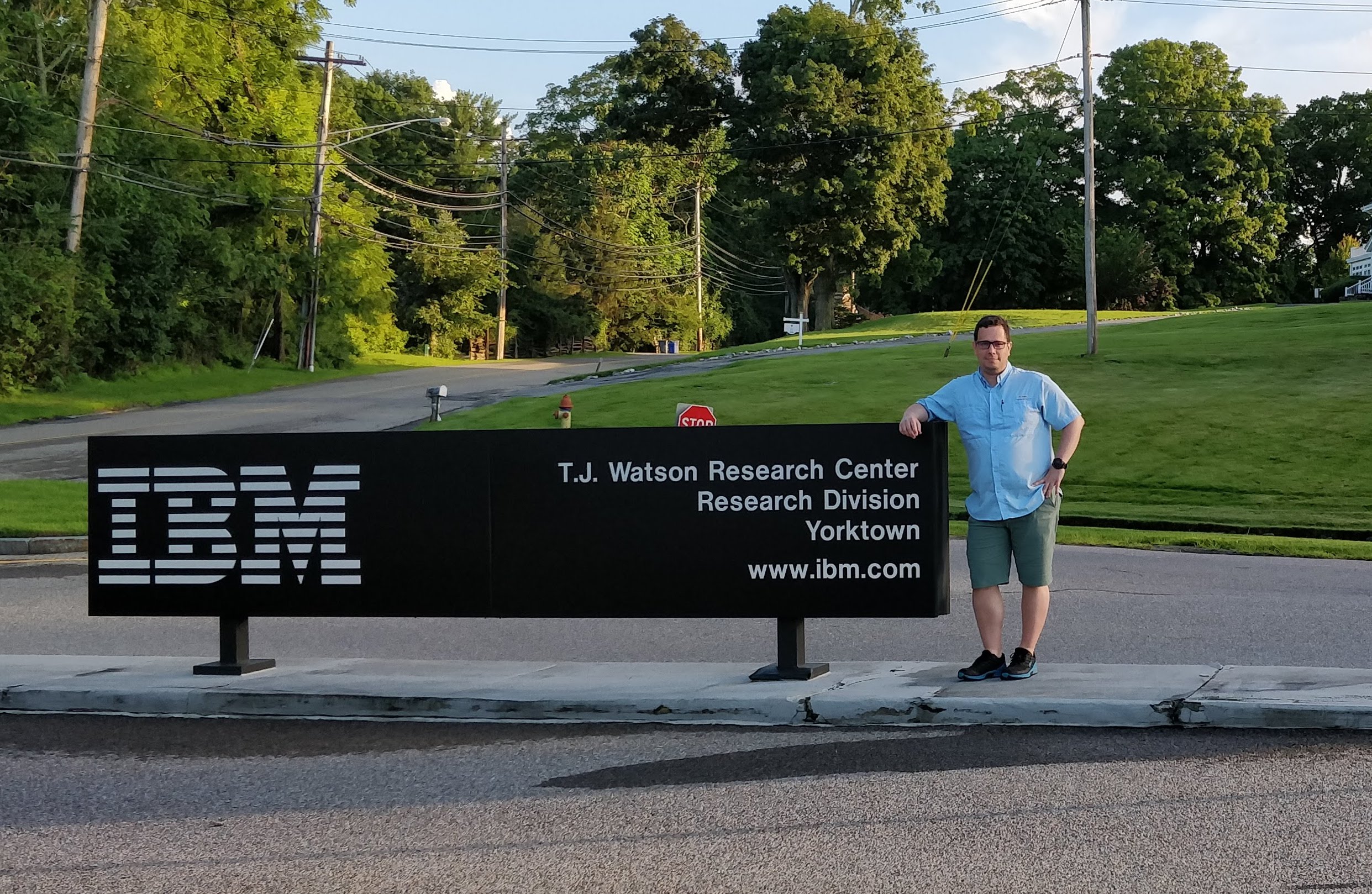
Four years ago, I joined IBM Research. I arrived with some Impostor Syndrome, expecting to be fired sooner or later. Here we are, four years later, I’ve worked with many teams on a large variety of projects and gears keep moving.
But today, it comes to an end. This is my last day at IBM Research and IBM Quantum, not only I wasn’t fired but I can say they were four good years. I would like to write down all the amazing successes and finally reveal which will be my next adventure.
Disclaimer: Sorry if I don’t give too much detail, some projects are under strict confidentiality.
My time at ETX
Qiskit Studio
My first stop at IBM Research was ETX. And what the hell is ETX you say? The team in charge of emerging technologies. Basically, we had to help teams of researchers to materialize their projects. Researchers are very good at innovating, and we helped them to know how to fit that in the market.
After some first days of not being sure where I fitted in, I started a new proof of concept for IBM Quantum. We built a Visual Studio extension, Qiskit Studio, to help people writing quantum programs.
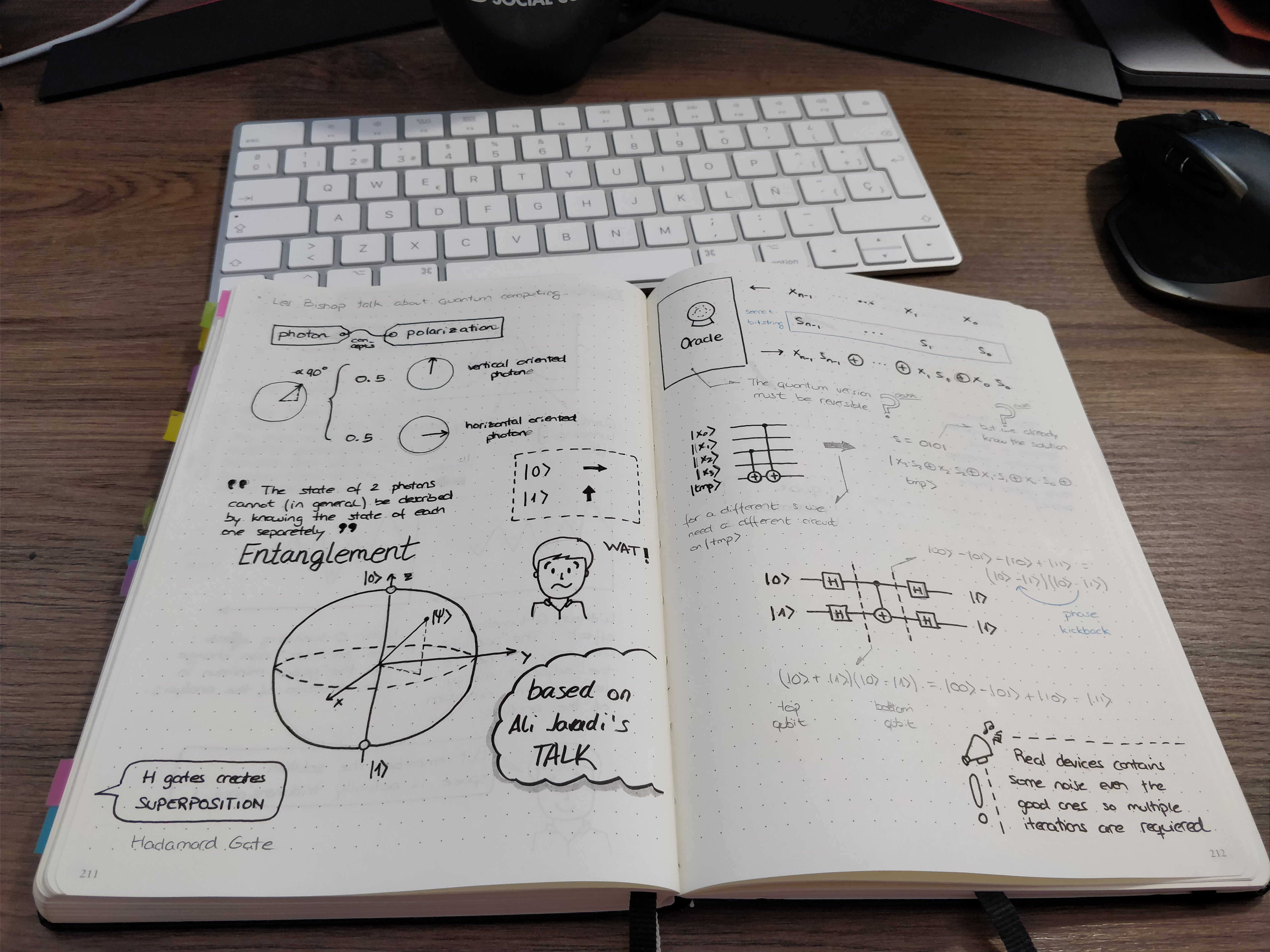
It was an interesting landing into the company, but we had to put the project in the fridge. Research environments have a volatile roadmap. Most of the time you have to test a hypothesis, and some proof of concepts are just discarded. I had the opportunity to learn a bit more about ANTLR and how to develop a Visual Studio extension though.
Visiting the USA for the first time, and also Tel-Aviv
I’ve always had the intention to visit the United States, but I was always busy, or something else happened. Problem solved, in August 2018 I did my first visit to the IBM Research labs at Yorktown Heights.
Axel and I traveled there to do some consultancy work. During my time there I’ve discussed with my boss about the next project. Some promising technology in development by the lab at Haifa.
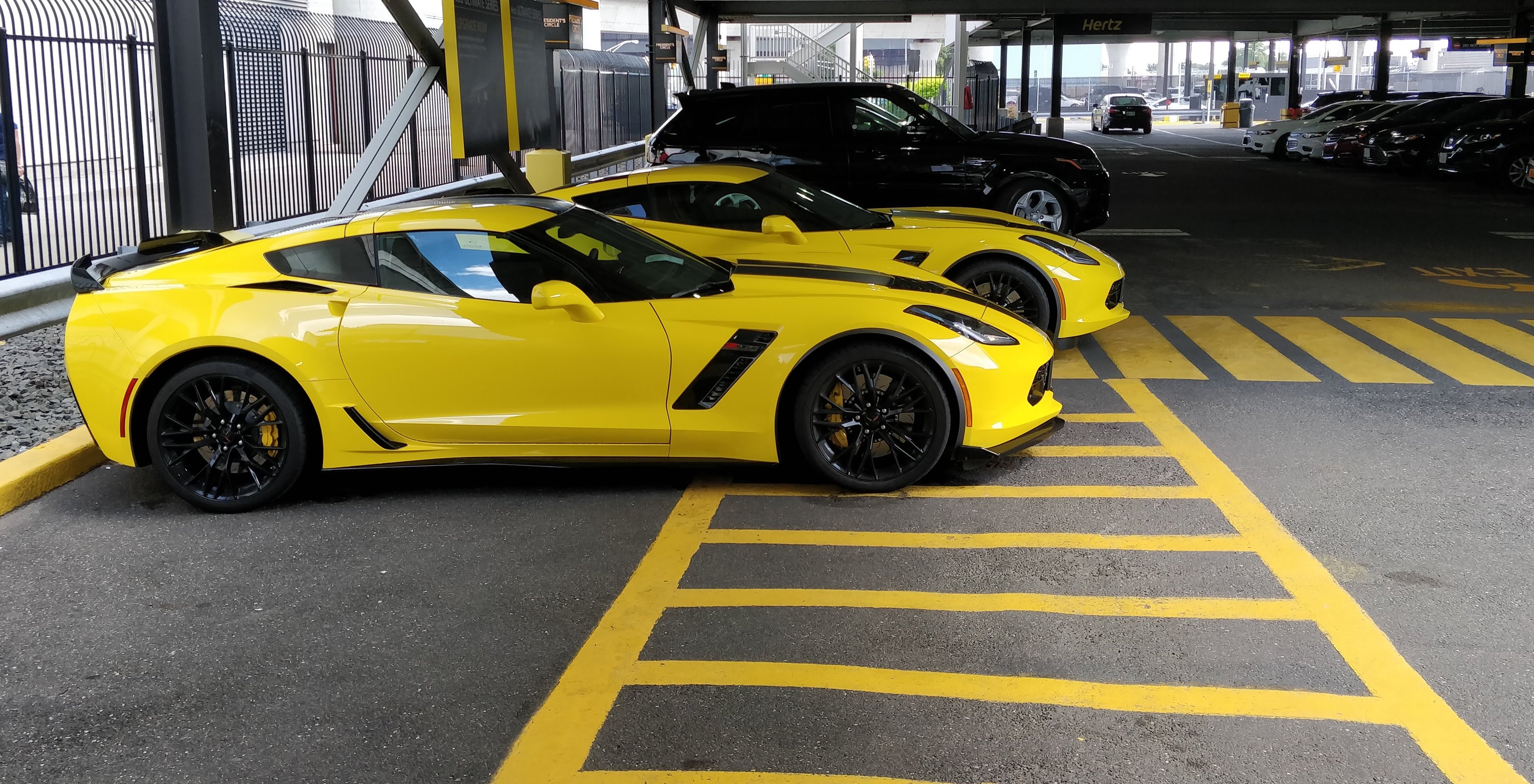
I “won” a 21 days visit to Tel-Aviv. There, I helped the team to build a web interface allowing them to show Project Debater to the general public. On my side, it was a simple web application that was able to take people’s opinions on a certain topic. Then we used that data to feed Debater and generate a new speech on the given topic. Speech by crowd :-)
I was pretty conservative, using Java with Spring Boot. That was a smart decision since we had not enough time. We wanted to be ready for the CES event in a few months. But I learned a lot from the team in Israel, working with people from other cultures is always enriching. Also, I am happy that I showed them some new technologies and good practices that they adopted. It feels good making a team better.
Team building at NYC!!!
Another thing that I’ve learned working full remote is that people “is no people” until you met them in person. You see blocks of code and comments in a repository, but you don’t know the stories behind.
There are a lot of remote practices you can use, but in the end, face to face time is the best way to break barriers. No matter how much empathy you have, there is a great difference after meeting in person. That time together helped us to “put a face” at each commit and PR, making collaboration better.
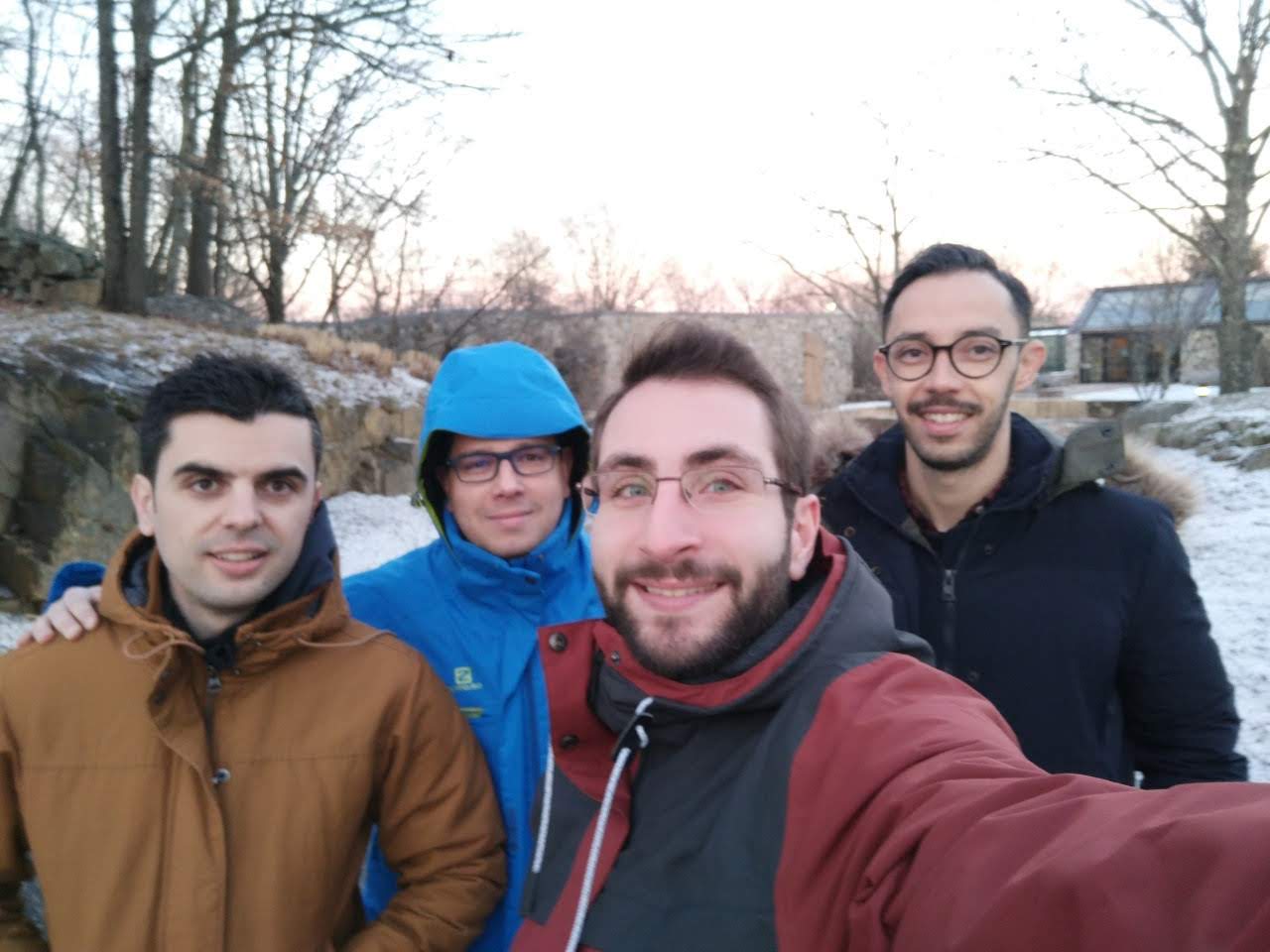
There was not just work, we stayed some days at Manhattan. We did a lot of activities together, breakfasts, museums, a NY Knicks match, also we froze together. That created some bonds between the team that helped over the years to come.
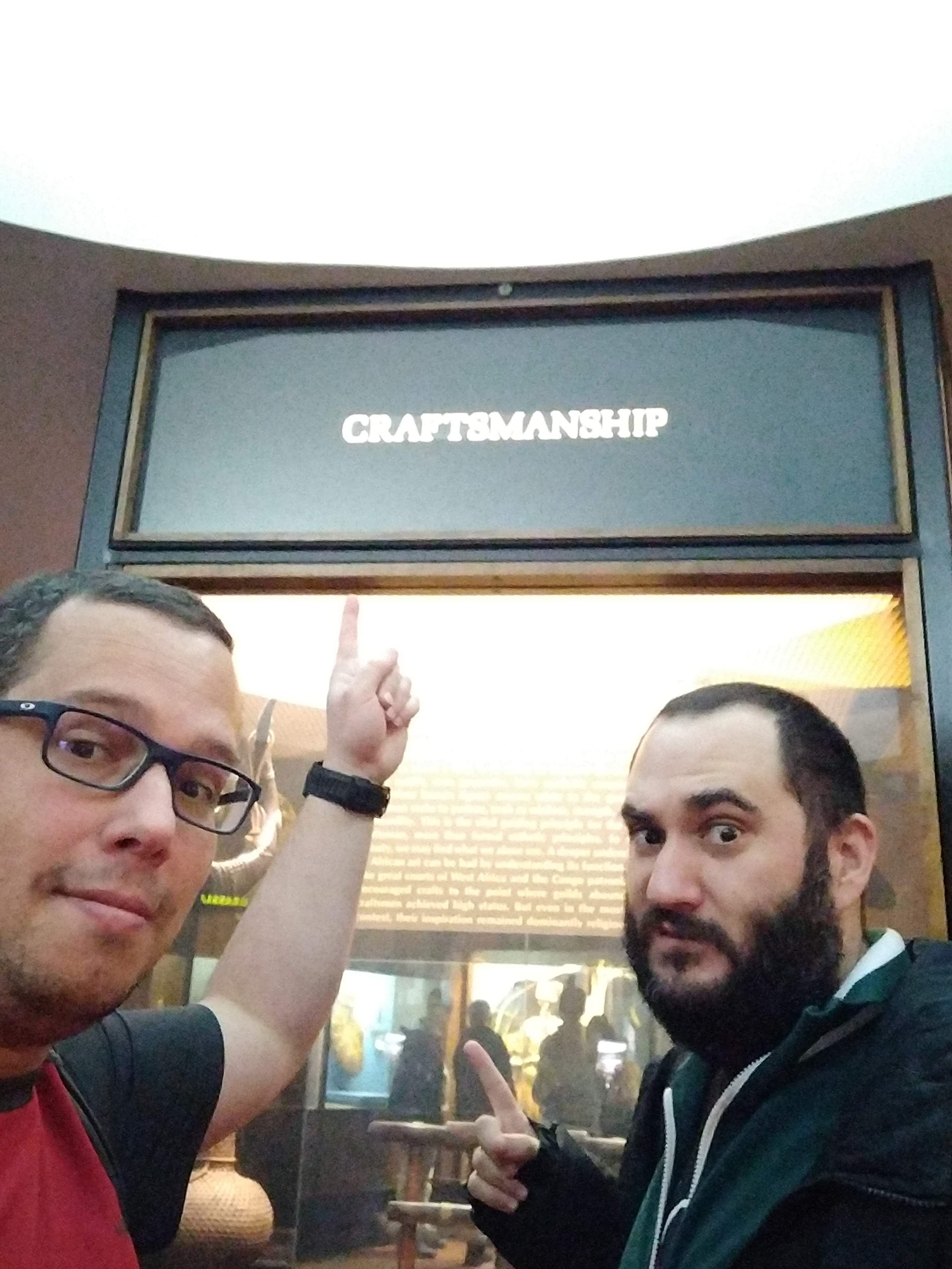
Sometimes things don’t go as planned
One thing that usually happens in teams like ETX is the idle time between projects. It takes time to find the next best project to collaborate on. In my case, when that happened I always returned to IBM Quantum to make a short collaboration.
But time passed and the next promising project appeared. So I finished my tasks at Quantum and started the collaboration. The first demo that we saw convinced us that we had a great tool to work with Kubernetes clusters. Something pretty similar to Lens.
This was the first (and last) time that I’ve worked as a project manager. I discovered at this project that I am a terrible project manager. My experience as a tech lead, in the past, was good. But when it comes to handling people with controversial points of view, and at the same power level, my results are not so good.
The main two reasons why it didn’t work were:
- We had no clear alignment on the desired output. We thought that the actual product was the Kubernetes tool, while the research team wanted to create something more ambitious. We had a deadlock since there was no one to make the final decision.
- I am not so good at confrontation. My modus operandi as a tech lead is leading by example. When I think a tool, framework, or practice is better, I create a small spike and show it to the team. If I believe TDD works I just try to use it daily. But in product development, I cannot create a full product to show something. You need to create a hypothesis and confirm it, step by step.
Don’t get me wrong. The project continued successfully, it was the collaboration that didn’t work. That is fine. You cannot cook an omelet without breaking some eggs.
How to win a travel to Zurich?
Again, I am in no man’s land between projects. So we decided that I would help the IBM Quantum team to complete DB migrations. Sadly, I cannot give a lot of detail about this but it was harder than it sounds.
- There were two different DBs that had to be reintegrated in just one. Both with slightly different schemas. I hate Mongo, I hate it very much :-D
- We had to complete the operations with zero downtime. If you can afford downtime, be smart, do it and keep it simple.
- We implemented a ‘dry-run’ process, with tests, to confirm it was working right before running the final migration.
- The process had to be incremental. We can run many times without repeating migrated data or losing new data.
Nobody complained, so we did a good job, I guess.
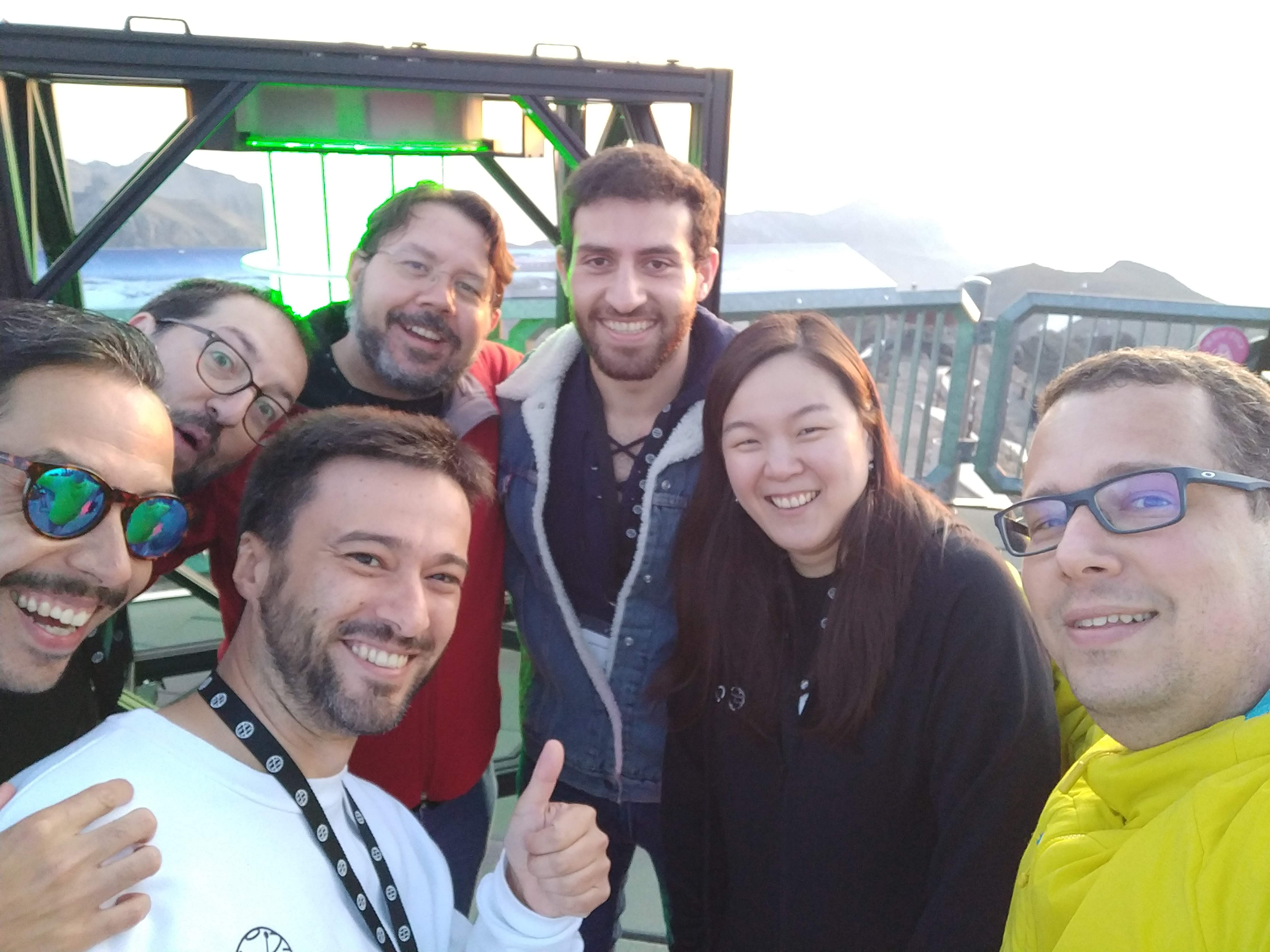
One amazing thing about IBM Quantum, and IBM Research, is that they do not hesitate in rewarding people when they do a good job. That’s the reason why some members of the IBM Quantum team traveled to the next Qiskit Camp in Zurich. And I was lucky enough to be one of them.
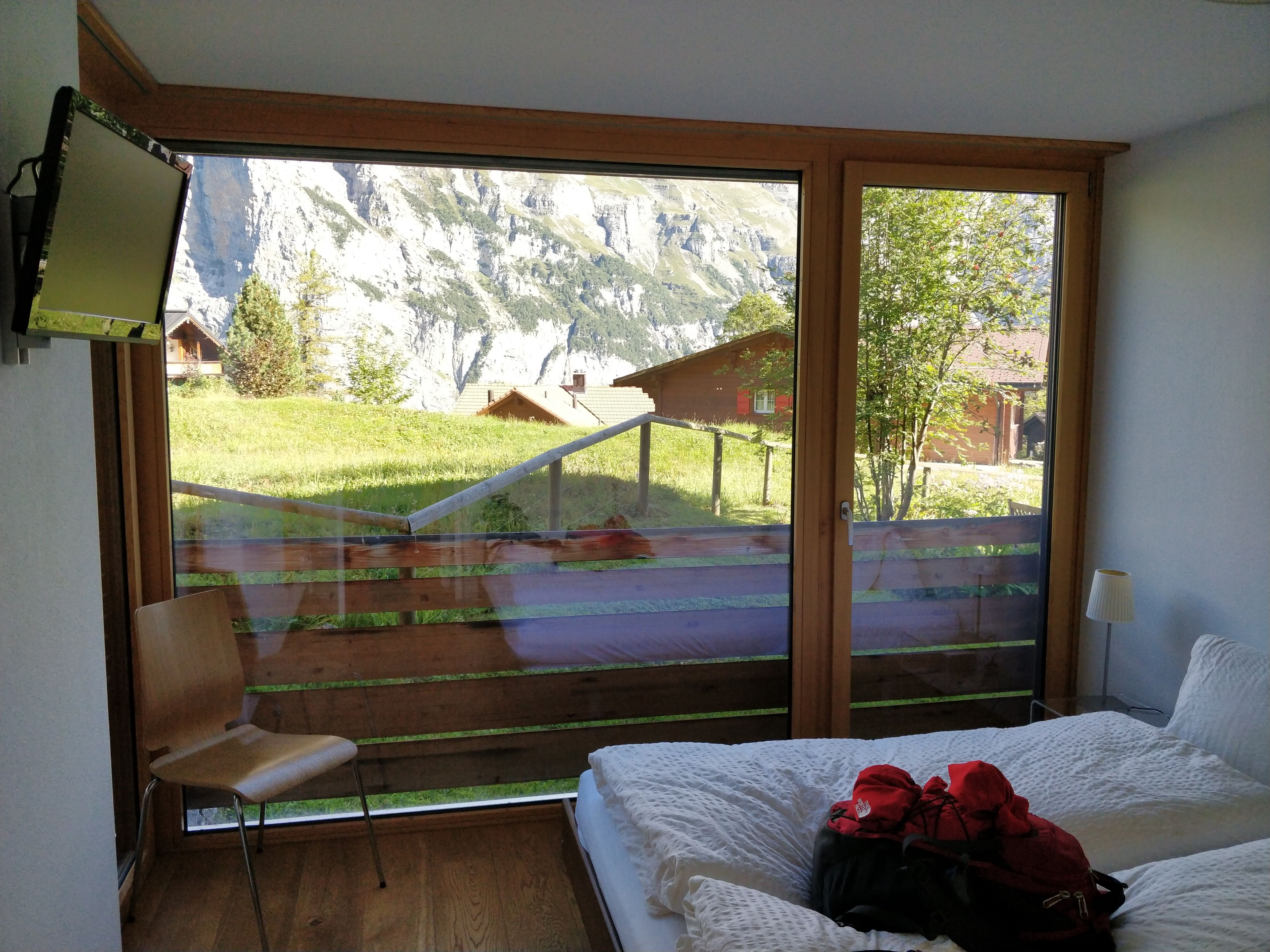
Finally at home
After some back and forth between IBM Quantum and ETX, it was clear that I was more useful with the Quantum team. Also, it was the place where I was more comfortable. So I stayed there for two and a half years until now.
And what was your role, you would ask? Software developer, of course, is the right answer. I don’t like fancy titles, and I love writing code. So I started working at the API and microservices team.
I would love to share all the amazing things that we did or some of my diagrams. But all work related to IBM Quantum is confidential, and I cannot share anything.
Some high-level detail of the things that I collaborated with:
- Refactoring code from old Loopback 3 legacy codebase to a new architecture with Nest.js.
- Designing the foundations of a new modular architecture.
- Reducing the workload at the DB.
- Creating new projects and proofs of concepts.
- Developing at Qiskit Runtime, the new execution pipeline for Quantum programs.
- Improving the learning process and onboarding.
Some people would say that I had an architect role. And others would say that we had no clear architecture. As Gregor Hohpe said, you have architecture, one by design, or a big ball of mud.
I wouldn’t say that we had a big ball of mud, but we had very different shapes depending on the sub-team and project. In that case, I would say that I worked hard to unify some of them and create a foundation of good practices.
But I don’t like to call myself an architect, since architecture is a team’s responsibility.
Now, looking back, I think that my role there was being Jiminy Cricket.

What the hell is the Jiminy Cricket role? In software development, someone who tells the truth, and prefers doing the right thing right instead of hacks. It is not about changing everything that you find. It is about prioritizing the things that are problematic and creating a path of continuous improvement. Making small changes each day to have a large change over the years.
I like to think that I was glue, as Tanya Reilly would say.
Time to leave parents house
I want to be grateful with Paco and Isma who gave me this opportunity. I hope I left the place better than I found it.
But … after these incredible four years, it is time to accept a new challenge.
So, which is your next adventure? drumroll
SE QUEDA pic.twitter.com/WZNqgiOcVV
— David Bonilla (@david_bonilla) September 9, 2019